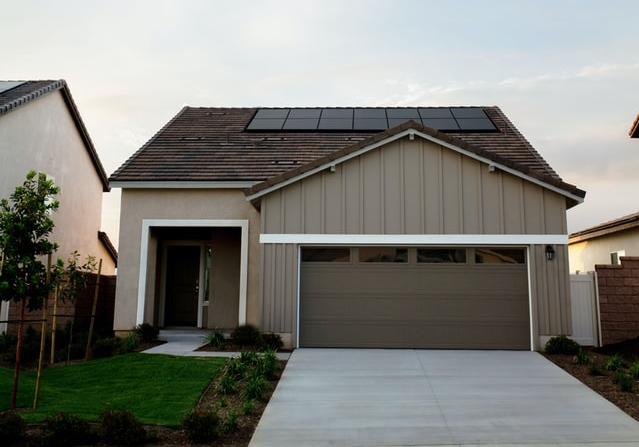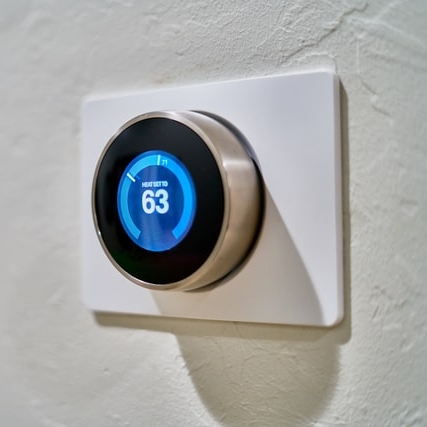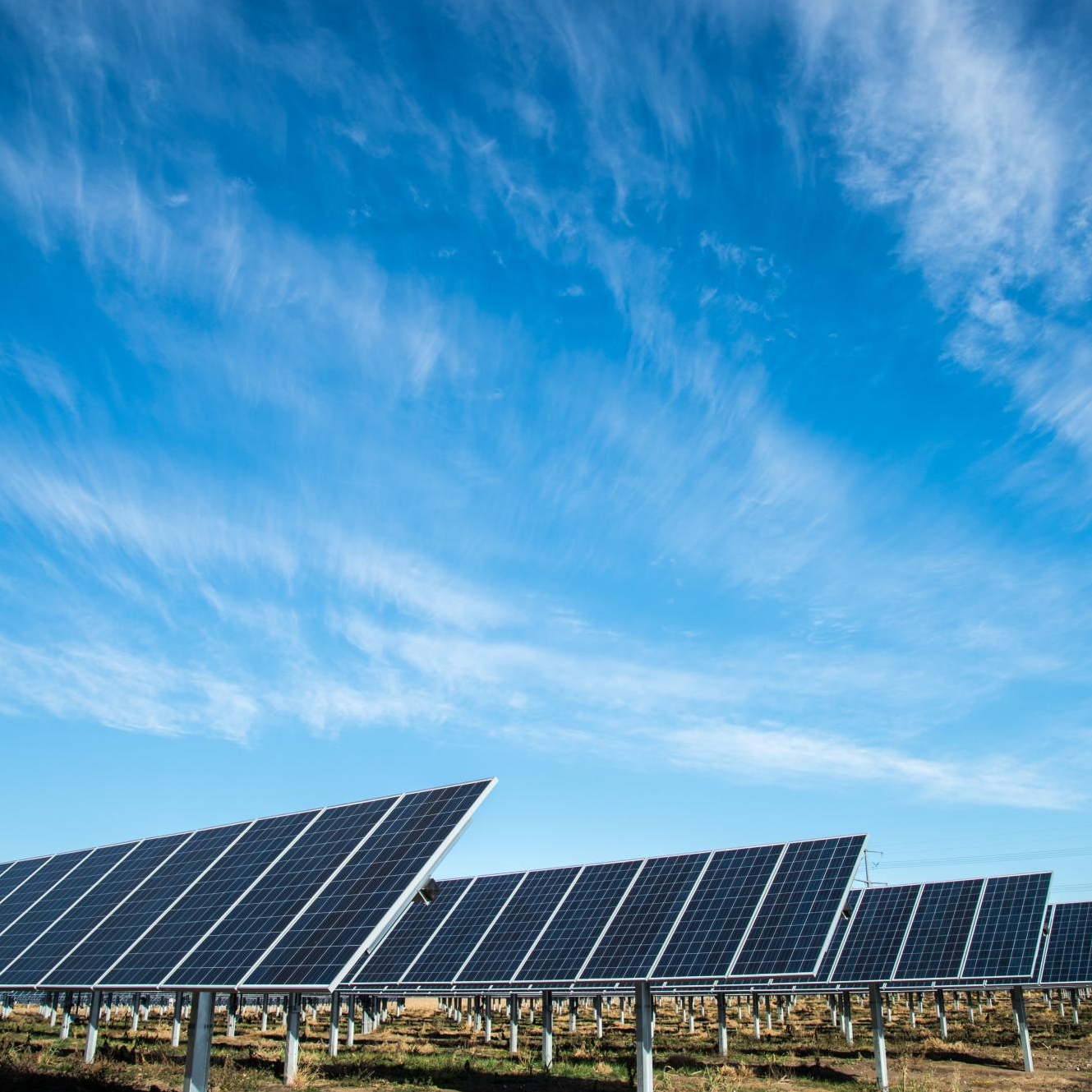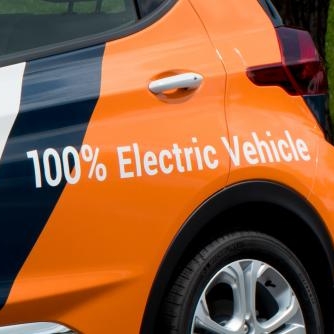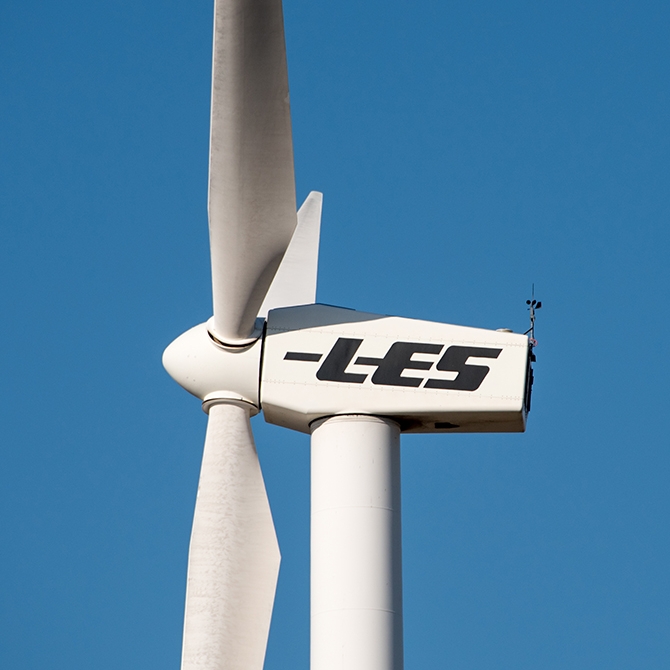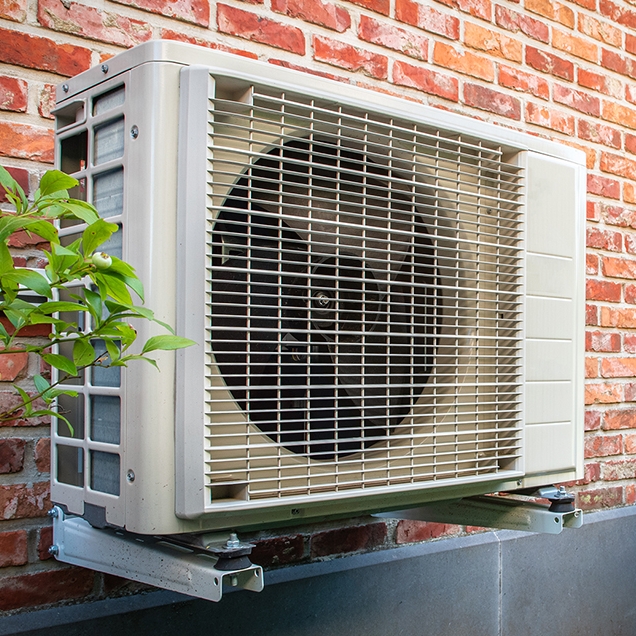Interested in harnessing the sun or wind to power your home or business? Planning to install an emergency generator to meet business requirements? Whether you want to supplement the electricity we provide, adopt a greener lifestyle or enhance reliability, LES can help you along the path to generating your own energy.
Customer-owned generation refers to electric generation equipment on the customer’s side of the meter. LES supports power production of electricity by customer-owned renewable and standby generation facilities. LES customers who would like to interconnect a customer-owned generator in conjunction with LES' electric system must meet specific requirements.
LES customers may wish to interconnect a customer-owned generator in parallel with the electric system. FERC-defined qualifying facilities, which include cogeneration facilities and renewable energy generators such as wind and solar, have specific requirements for interconnection with LES.
To operate in parallel with LES, the qualifying facility must meet all applicable LES interconnection requirements including, but not limited to, submission of an interconnection application, as well as entering into an interconnection agreement.
Nonqualifying facilities, which include emergency or backup generators, are generally only allowed to operate in parallel with LES for periodic testing purposes. On a case-by-case basis, LES may allow a customer to contract to operate in parallel for more than testing purposes under agreement with LES to generate only at times of LES’ request.
All nonqualifying facilities operating in parallel for both periodic testing purposes or for more than testing purposes must meet all applicable LES interconnection requirements including, but not limited to, submission of an interconnection application, as well as entering into an interconnection agreement if required.
Avoided Costs
Avoided costs of generation are the costs saved by reductions in retail energy use. LES is required by the Federal Energy Regulatory Commission, Regulations Order 69, 18 CFR Part 292.302 to display avoided costs of generation.
VIEW THE AVOIDED COSTS
The process for interconnecting to the electric system within the LES service area:
- Customer determines the type, size and site for a generator.
- Customer applies for a building permit and completes an Application for Electric Service with the Authority Having Jurisdiction.
- Customer completes and submits an Application for Review of Interconnection with LES.
- Customer installs the generator according to the applicable requirements after receiving a notice to proceed from LES.
- Customer completes and returns to LES one of these forms:
- Net Metering 25 kWAC or less Agreement for Interconnection.
- Renewable Generation up to 100 kWAC Agreement for Interconnection.
- Cogeneration and Small Power Production Parallel Operation, Power Sales, and Interconnection Agreement.
- Generating Facilities in Excess of 100 kWAC Interconnection Agreement.
- Agreement for Non-Qualifying Generation – Emergency and Standby (Types 3 and 4).
- LES inspects the generator interconnection. If acceptable, customer may interconnect with the electric system.
Net metering is a billing arrangement where residential and business customers who produce their own energy from renewable sources (up to 25 kilowattsAC) can get a credit on their electric bills for extra energy that flows back into our distribution system.
This renewable source includes electric generators powered by methane, wind, solar, biomass, hydro or waste technologies. LES measures the electricity you generate from the renewable source with a special meter that measures both the electricity you use and produce. The energy you generate is used to offset an equal amount of power supplied by LES in the billing period. The energy produced over your needs (or net kilowatt-hours) is credited to your bill at a renewable rate based on our residential retail energy rate.
More about the net metering program
Application for review of interconnection of customer-owned generation
Agreement and requirements for net metering
LES net metering report
Pursuant to Nebraska statute § 70-2005 (LB 436), enacted in 2009, each local distribution utility shall provide the Nebraska Power Review Board an annual net metering report. The report must include the information below.
LES reported in February 2024 for the year 2023:
- Total number of qualified facilities: 430.
- Total estimated rated generating capacity of qualified facilities: 4.1 MWDC.
- Total estimated net megawatt-hours received from customer-generators: 2,414 MWh.
- Total estimated amount of energy produced by the customer-generators: 5,692 MWh.
Renewable generation allows customers to sell energy to LES from renewable generators of up to 100 kWAC. The same types of generators that qualify for net metering also qualify for this renewable generation rate. All energy produced by these generators will be purchased at a renewable rate based on our residential retail energy rate.
More about the renewable generation program
Application for review of interconnection of customer-owned generation
Cogeneration and small power production facilities with production capacity of 100 kWAC and less that qualify under the guidelines for implementing Public Utility Regulatory Policies Act of 1978 (PURPA) Sections 201 and 210 as adopted by the LES Administrative Board.
Cogeneration, also known as combined heat and power, represents a proven, cost-effective and clean solution for delivering electricity, heating and cooling. Cogeneration captures heat lost during the production of electricity and converts it into useful thermal energy, typically in the form of steam or hot water.
Application for review of interconnection of customer-owned generation
Agreement and requirements for cogeneration and small power production
Any generator, excluding emergency/standby, seeking interconnection to the LES system in excess of 100 kWAC.
Application for review of interconnection of customer-owned generation
Requirements for system interconnections to generation, transmission, and end-user facilities
Study Deposit Agreement for generating facilities in excesss of 100 kWAC
Interconnection Agreement for generating facilities in excess of 100 kWAC
Customer-owned emergency or standby generating facilities that do not qualify under the guidelines for implementing Public Utility Regulatory Policies Act of 1978 (PURPA) Sections 201 and 210 as adopted by the LES Administrative Board. This type of generation is generally only allowed to operate in parallel with LES for periodic testing purposes.
Application for review of interconnection of customer-owned generation


